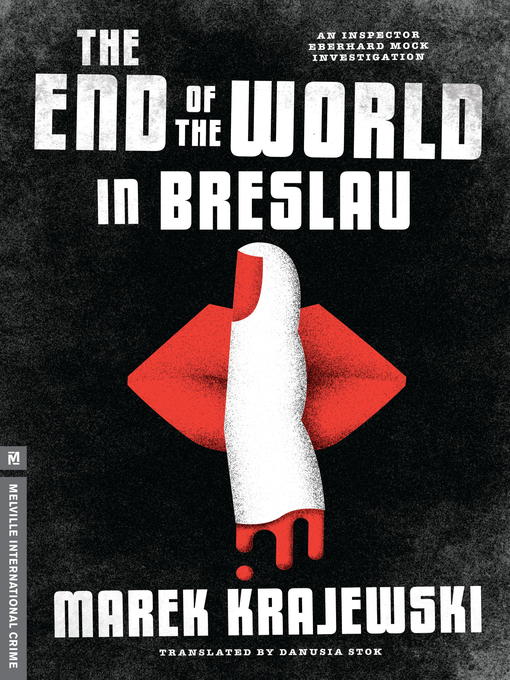The second installment in the darkly intelligent series that The Independent called "As noir as they get."
1927, Breslau, Poland: Two elaborate and sadistic murders are discovered within days of each other. The body of an unknown musician, bound and gagged, is found behind a false wall in a shoemaker's workshop. The victim had been sealed in alive. Elsewhere in the city, the horrifically mutilated body of a locksmith is found. Next to each victim is a torn-out calendar page, with the day of the death marked in blood. Nothing else seems to connect the cases.
It falls to Criminal Councillor Eberhard Mock to solve the case, the mystery taking him still further into the Breslau underworld he knows only too well. Meanwhile, his hard-drinking nocturnal habits soon threaten his volatile marriage, and prompt some strange behavior from his wife ... and before long, Mock and his team will be investigating not only two of the grisliest murders in the city's history, but the councillor's own wife.
- Available Now
- New Ebooks
- New for Kids
- New for Teens
- Most Popular
- Something Different
- See all ebooks collections
- Available Now
- New Audiobooks
- New for Kids
- New for Teens
- Most Popular
- Something Different
- See all audiobooks collections
- Most Popular
- News & Politics
- Just Added
- Entertainment News
- Food & Drink
- Crafts & DIY Magazines
- Health, Fitness & Wellness
- Revistas
- 杂志
- Sports
- Business
- Fashion
- Art
- See all magazines collections
- Audiolibros
- Revistas
- Novedades
- Libros Bilingües Para Niños
- Novela Histórica
- Realismo Mágico
- Voces Propias
- Celebra el Mes de la Herencia Hispana - Adultos
- Primeros Lectores
- Cómics y Novelas Gráficas
- Embarazo Saludable y Bebé Sano 👶 🍼
- See all español collections



